

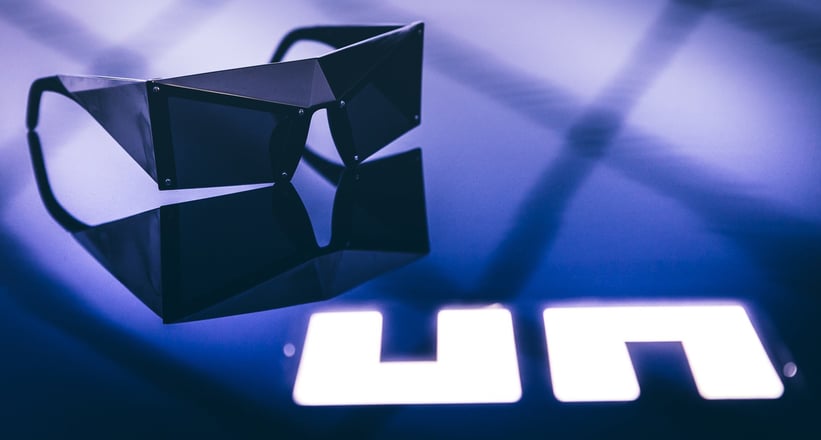
When Rem D Koolhaas, nephew of the world-famous Dutch architect by the same name, moved to Los Angeles last year, there was only one place to set up United Nude’s first West Coast studio: the über-trendy neighbourhood of Silver Lake. Koolhaas is a straight shooter — he knows exactly what he believes and his conviction is infectious, whether he’s explaining the design philosophy behind his brand’s innovative footwear or outlining the flawed culture of the modern car industry.
In 2016, as part of United Nude’s trademark Lo Res Project, Koolhaas presented the Lo Res Car, a rolling polygonal sculpture that embodies the distilled essence of the Lamborghini Countach. The car won Koolhaas a Wallpaper* Design Award and has garnered worldwide recognition for its distinctive ‘breaking-the-box’ approach. Now, buoyed by its success and convinced by its philosophy, he’s planning to start his own car company — one that disregards everything that’s come before and sets its eyes firmly on the future…
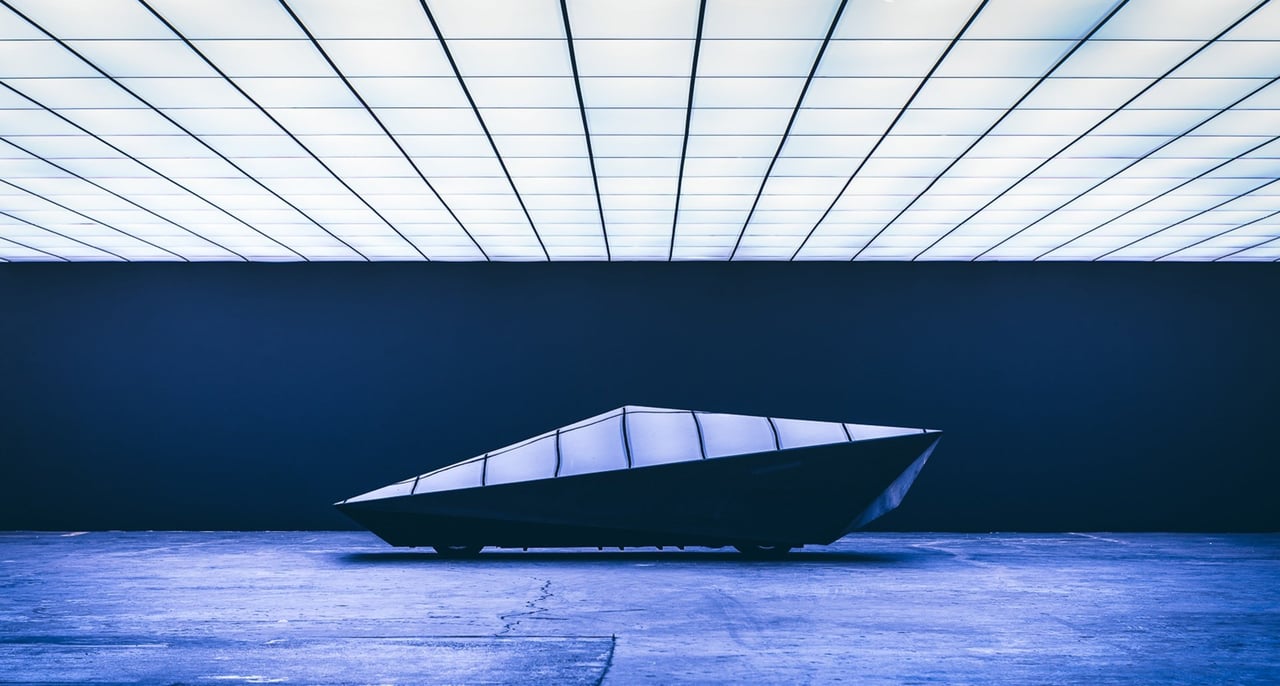
What are your earliest automotive memories?
When I was a kid, I was extremely into cars — the books I had were car books and I studied them obsessively to find out how fast certain cars could go and how much they cost. I was always drawing cars. I thought I might become an automotive designer, but when I was studying architecture, I saw how the car designers were operating and discovered it wasn’t for me.
So you decided to make shoes, instead?
When we started to make shoes, we made shoes that shoe designers wouldn’t make, in the same way a car designer would never make this car because there are things that would be deemed too stupid or illogical. Because I didn’t know how they were supposed to be designed, I had no reference — I just wanted to make something cool, and I used that to my advantage. That’s how the shoes became what they are today.

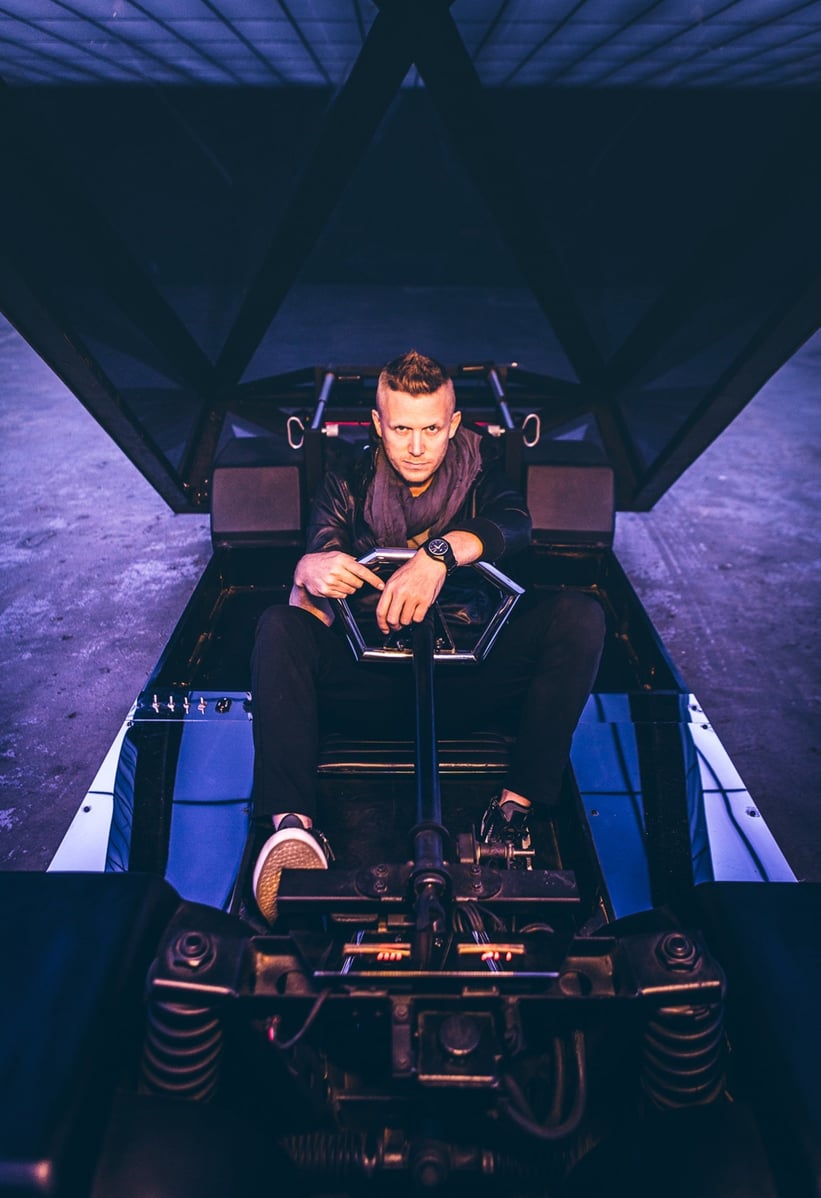
What’s your favourite car?
The DeLorean is certainly one — it’s such a hard design. As a kid, my parents would send me to spend my summers with some friends in the countryside in New Jersey and there was a man who lived down the road from them with a DeLorean. From that moment, I dreamed of owning one.
Why haven’t you bought one?
I’ve become too practical. My philosophy on money is to make enough of it to not worry about it and to not buy things I don’t need. We don’t buy things to collect, we make them. Of course, I’m still tempted by old cars from time to time — I want to buy a Citroën SM and make it electric.
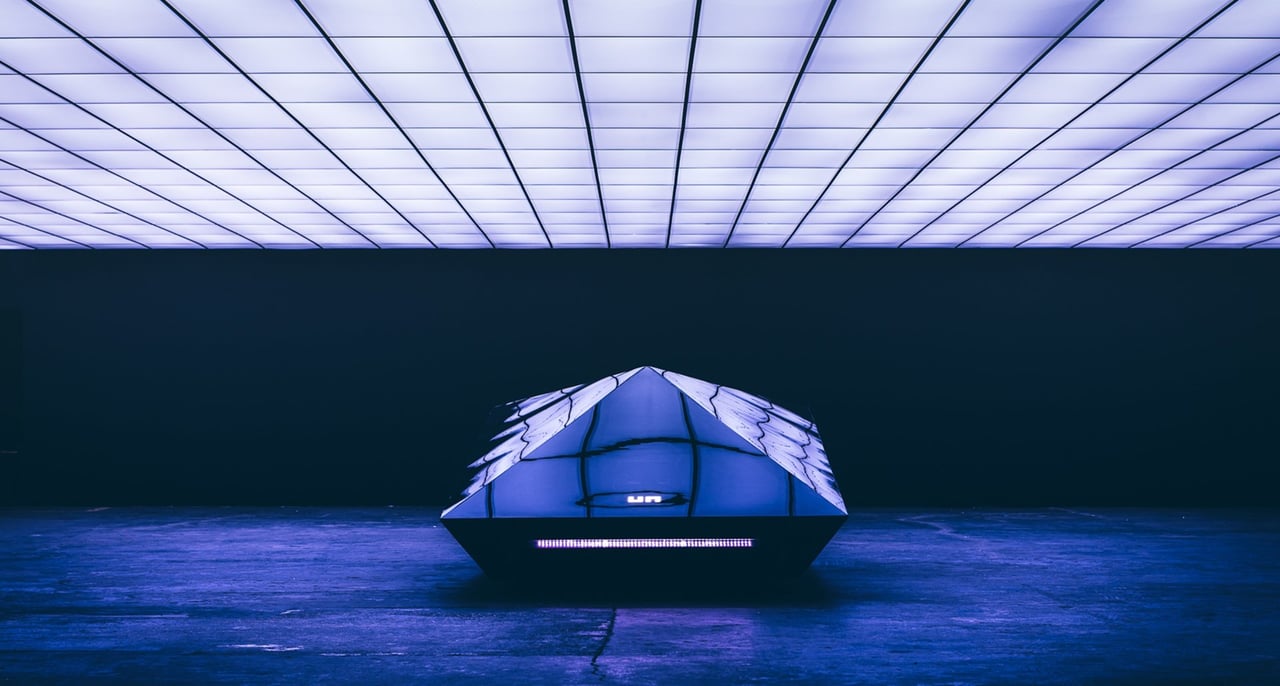


What is the Lo Res Project and how did it come about?
We bought a 3D scanner in 2007 and began scanning objects with it. The software allowed us to play with the resolution, which gave us lots of inspiration, because each resolution became a different shape. It was an experiment to redesign and simplify things from lowering the resolution in many steps. We started with a shoe, because we’re predominantly a shoe company, but then we did a Panton Chair and a wine glass. And for every object, a different resolution would be the most beautiful one.
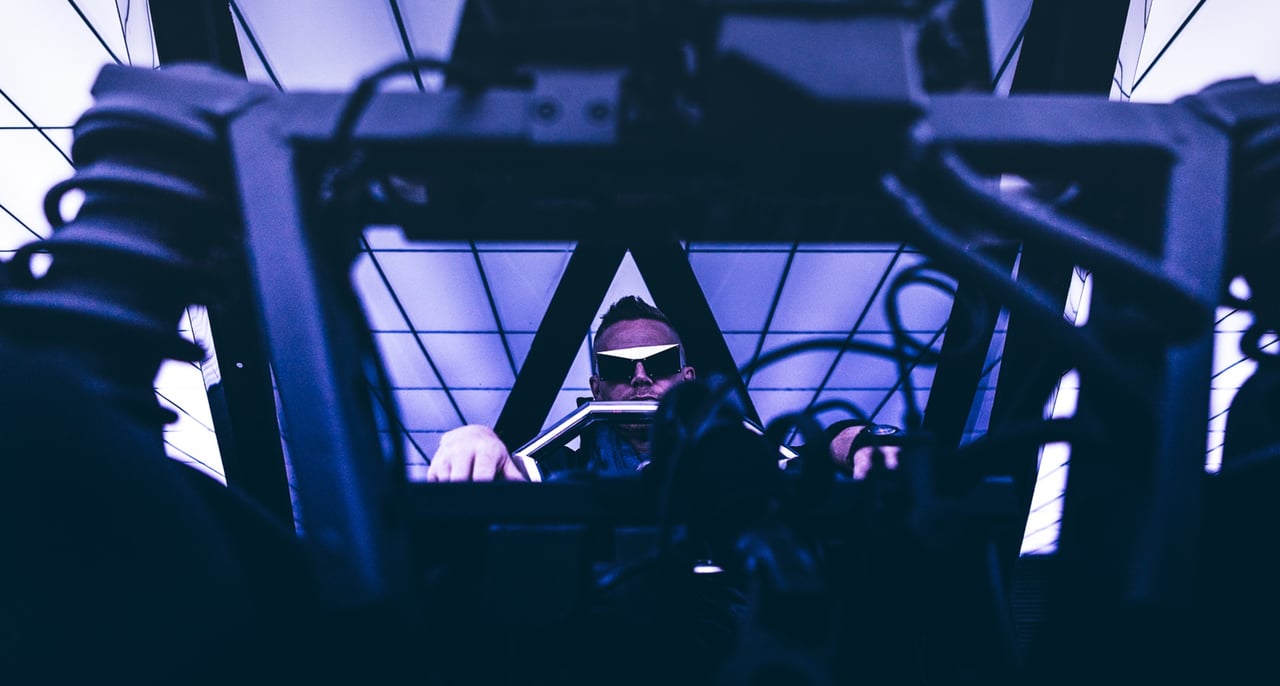
As a high-fashion brand, what prompted you to build a car?
I always consider United Nude to be a lifestyle brand rather than a shoe brand. And I don’t consider myself a shoe designer — I’m a designer and an architect. I always knew shoes were a step into other things. The car was always a side project, for which we had no real budget or timetable. We’d started with the Lamborghini Countach and made a lower res sculpture to put in our New York store. Originally, we’d based the car around the Lotus Elise, because it’s got a nice chassis and Lotus agreed to give us a donor car. But then the executives there changed their minds, because they thought we might not know what we were doing.
In hindsight, that helped us to simplify things and build the car from scratch. We looked at which step would be easiest to build and saw it was the lowest resolution, because it has the most flat surfaces and we could construct the frame easier. So, practical choices came together and the shape of the car was already designed.

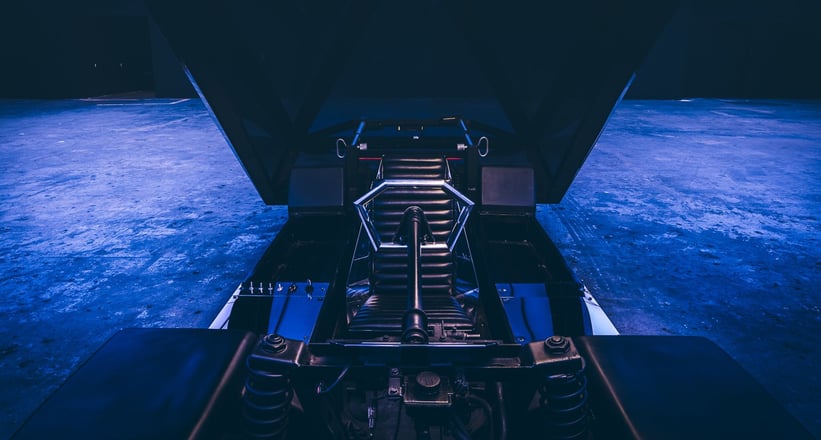
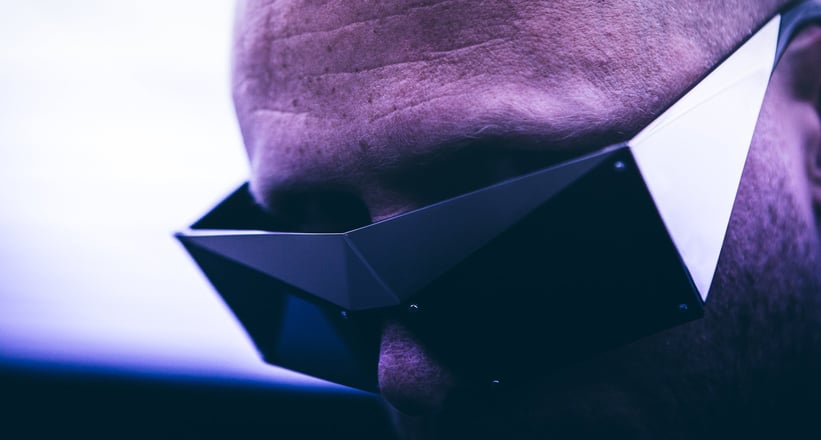
How has the car been received?
Amazingly well. We took the car to Grand Basel last year and the most famous designers in the world were there — Giugiaro, Zagato, etc. — as well as the new generation. I thought they might hate it and think it didn’t belong there, but quite the contrary. I got on really well with Giugiaro — like a brother, in fact — and he loved the car. He understood that only an outsider could have designed something like this, breaking so many rules of the handbook. He designed the DeLorean, which I mentioned is one of my favourite cars. I always buy John DeLorean’s biography to give to people, because it’s my favourite book, so I showed an unwrapped copy to Giugiaro and asked if he’d like to have it. He was really happy.

You speak about having no constraints as a designer from outside the car world — do you think there’s currently a lack of innovation in the automotive industry?
I think there is a lot of stupidity and a lack of cleverness in modern car design. Cars have become way too superficial and fashionable. If you compare a new BMW to the model from six or seven years ago, virtually only the headlights have a new shape. The actual quality of the product is not that different, or necessarily much better. That means the manufacturers are concentrating on the wrong things, which, from a business point of view, makes sense, because they need to sell more cars.
Cars could last much longer — you could easily drive a car for 20-or-more years. But the car industry is modelled in such a way that people buy new cars all the time, which creates a lot of waste and, in turn, is bad for the environment. For me, a sustainable design is like a vintage watch — the idea is it lasts you a lifetime. Cars could be more like that, which means less integrated technology, and if it is there, it should be easily updatable. That’s why I’m thinking about launching my own car company. We’re designing a car that we could easily build and sell. I’m not saying that it would be for everybody, but there’s definitely a market we can tap into. I think we’re going to open a new chapter in car design, and I know we’re not the only ones.
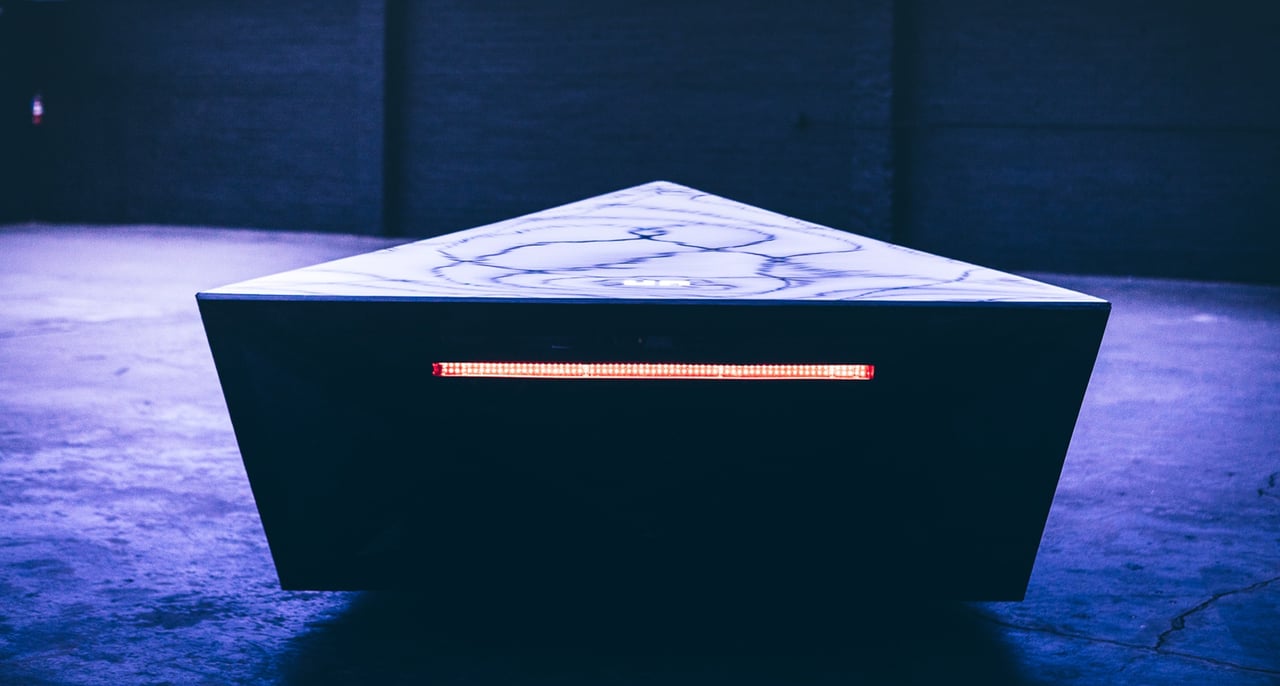
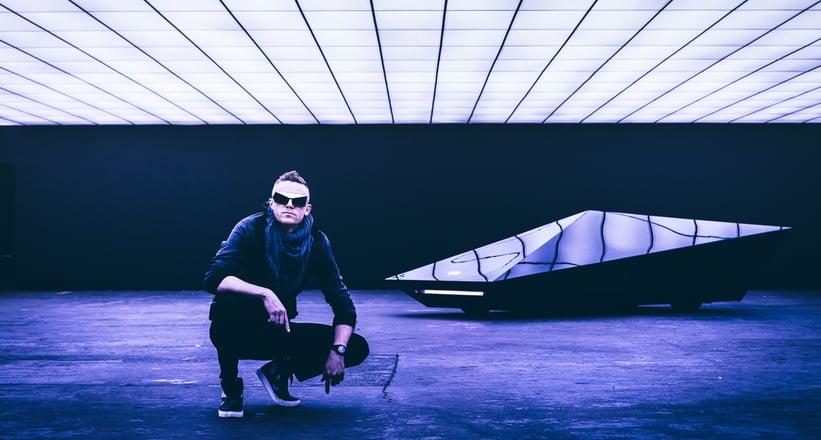
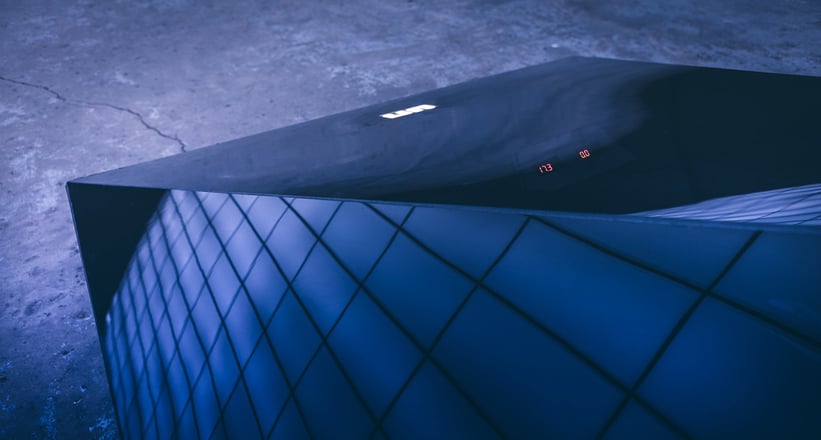
Do you think the major manufacturers will take note and listen?
No, this will be driven by the Bitcoin generation — a new way of thinking that’s part of the future, not the past. It’s a local approach and has nothing to do with the big car companies. But it will show people how the big car companies are not so good for the world, in the same way Bitcoin revealed that the banks are not so trustworthy. I’m a big believer in Bitcoin. If you look at how it’s going against the establishment, they offer a product that is more clever and less of a scam — it’s way more transparent and enduring. Why is a new car better if the technology is the same? I was looking for a new SUV for my wife, and the only cars I could find that were genuinely modern and clever were Volvos.
What do you think of Elon Musk and Tesla?
I think that Elon Musk is one of the leaders of the world. He comes closer to the real Tony Stark than anyone, and he’s a hero in many ways. The design of the Tesla is very slick and beautiful, but it still looks like a normal car. He wanted to make something that looked normal but was actually different — he didn’t want to scare people off. Plus, he probably wouldn’t know how to judge what was different. If he’d work with us, we’d make the most badass electric car that would look very different. Musk is a businessman. He taps into what people want. It was choosing to change one or the other — looks or technology — and he chose the latter.
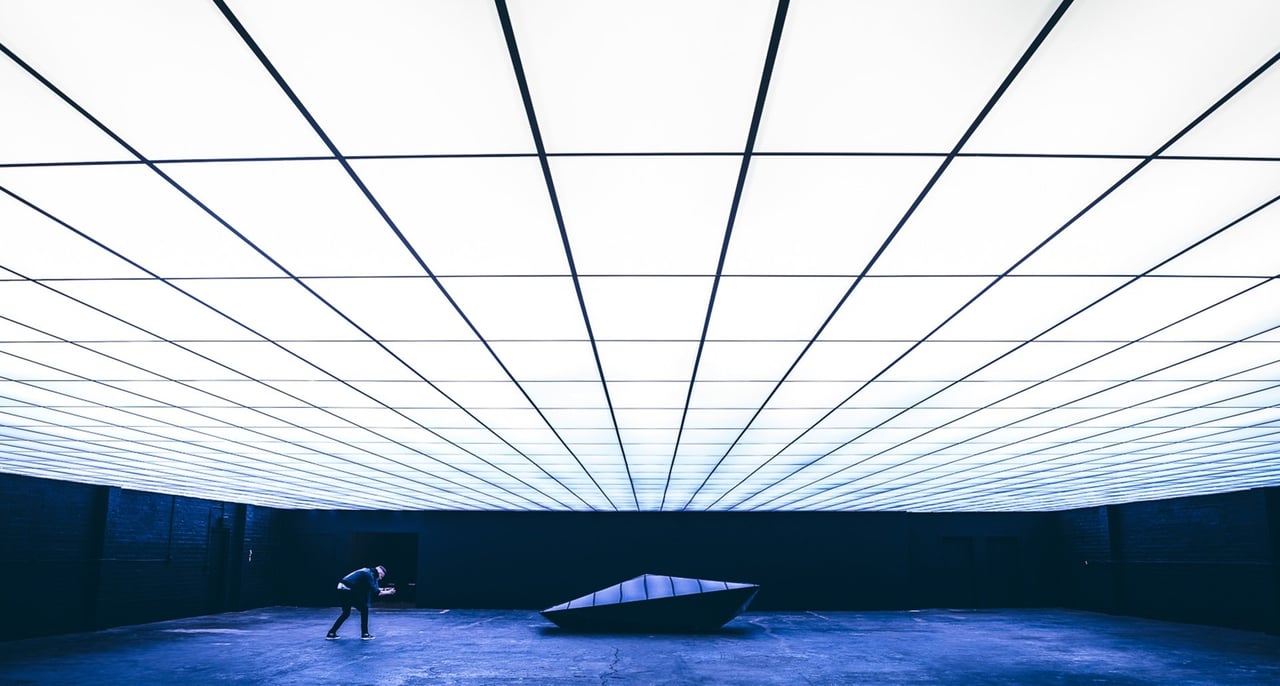
From a technological standpoint, are we where you’d like to be?
It’s beside the point — our vehicle would be upgradable over time, so you could easily keep it up to date, both in terms of software and hardware. The design suits that because it’s much harder, plus it’s easier and cheaper to produce because you don’t have to bend or form anything. The most expensive part of building a car is the tooling for the moulds — by keeping things ‘squarey’, you can skip all that. It’s a lot easier.
Is the Lo Res Car the automobile of the future?
No, but the other cars we’re designing are…
Photos: Alex Lawrence / The Whitewall for Classic Driver © 2018







































